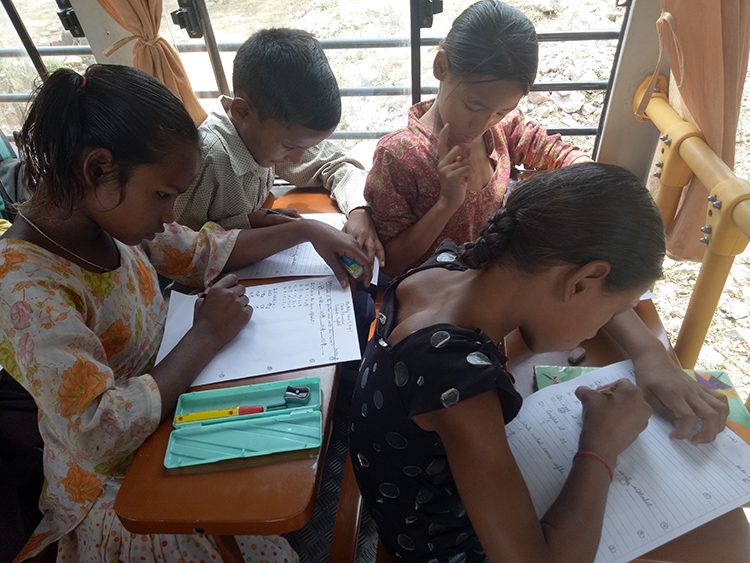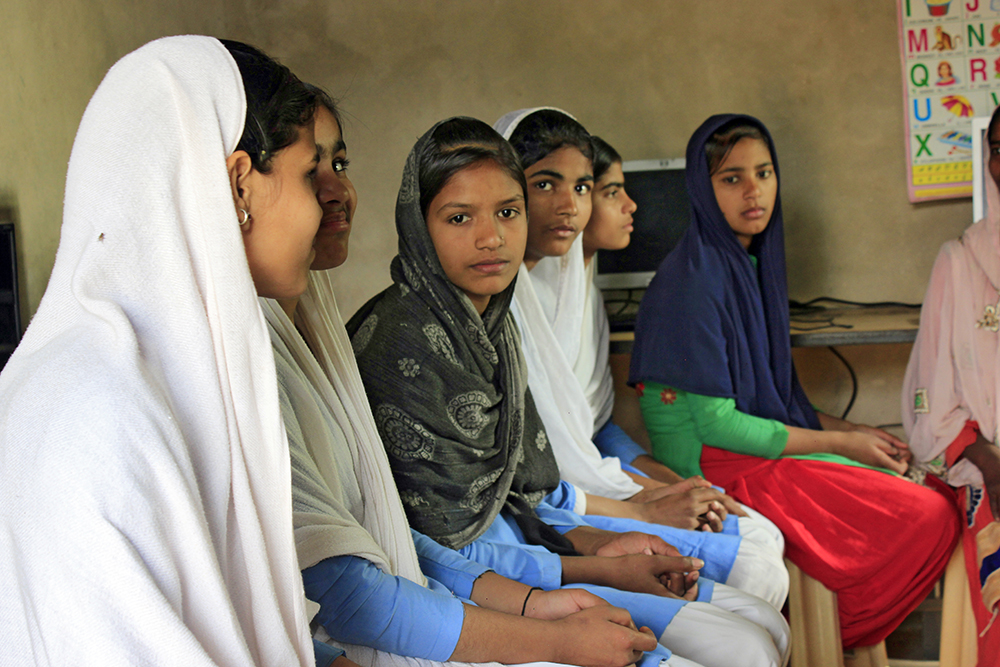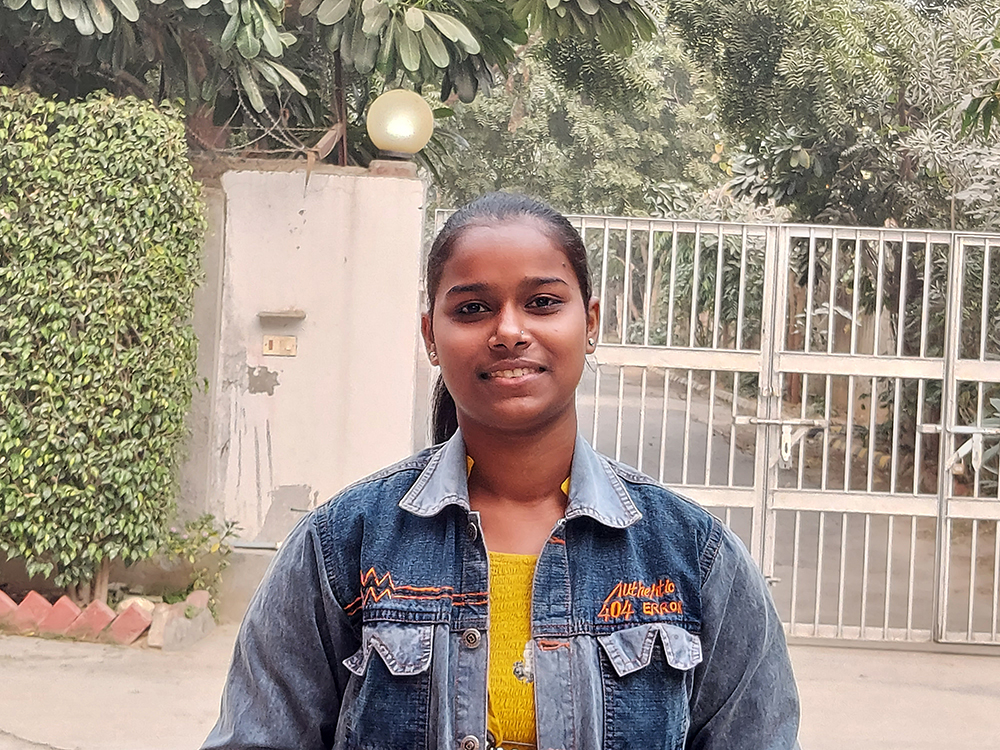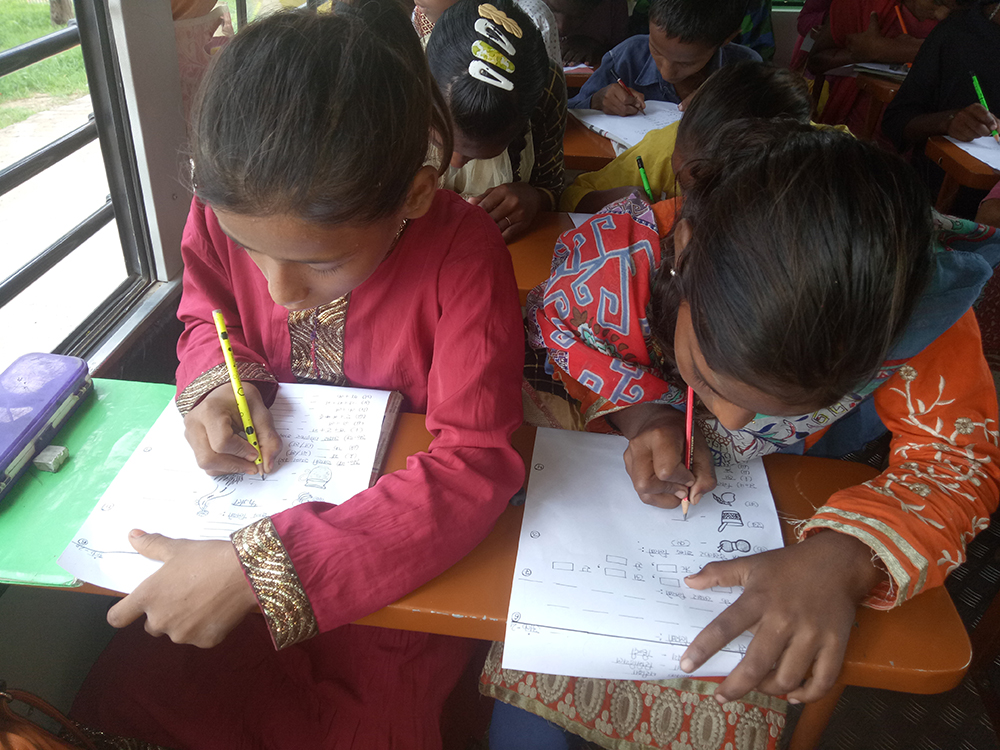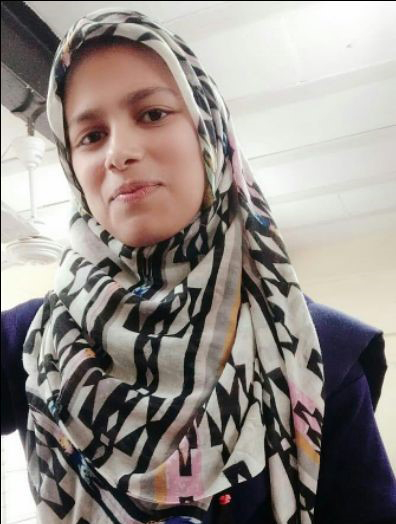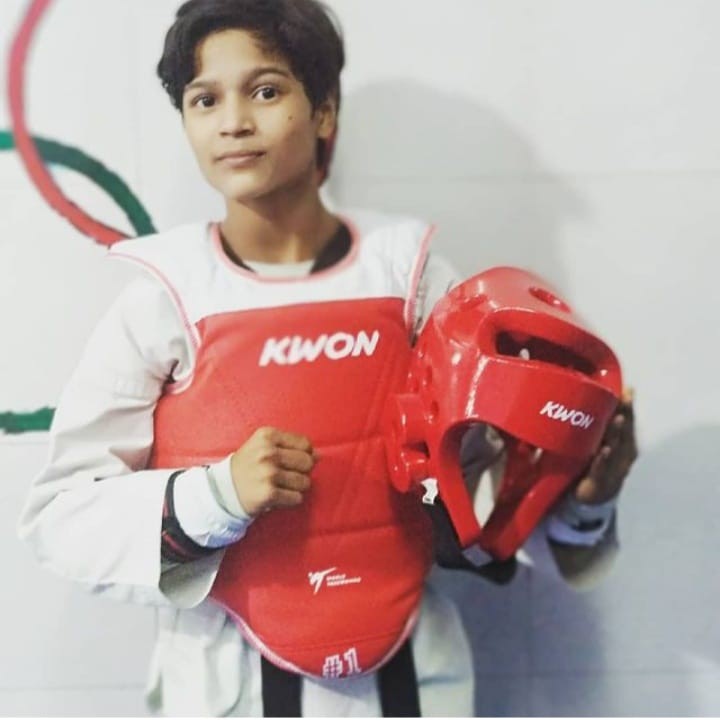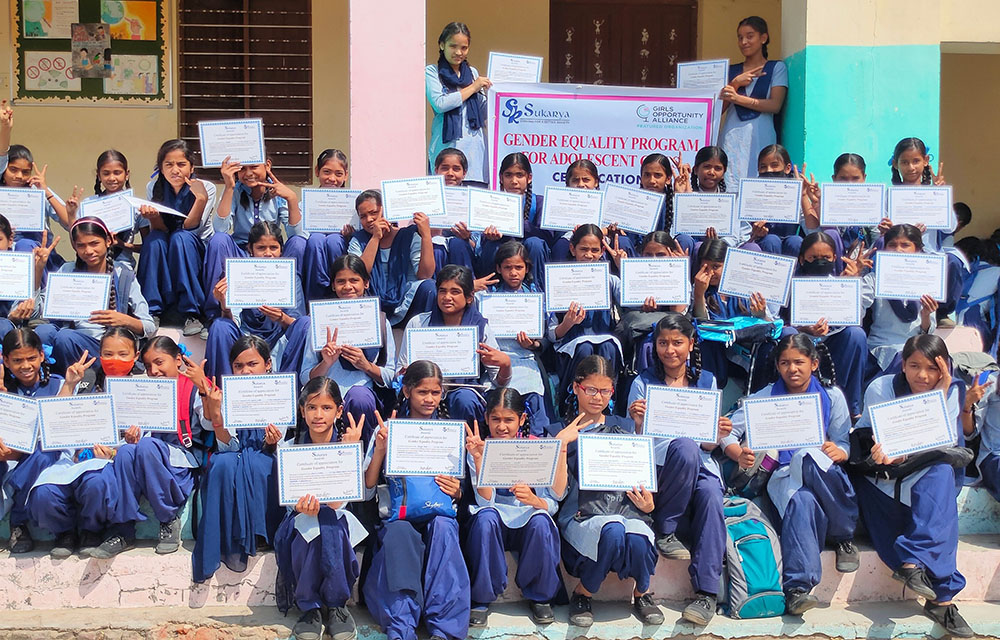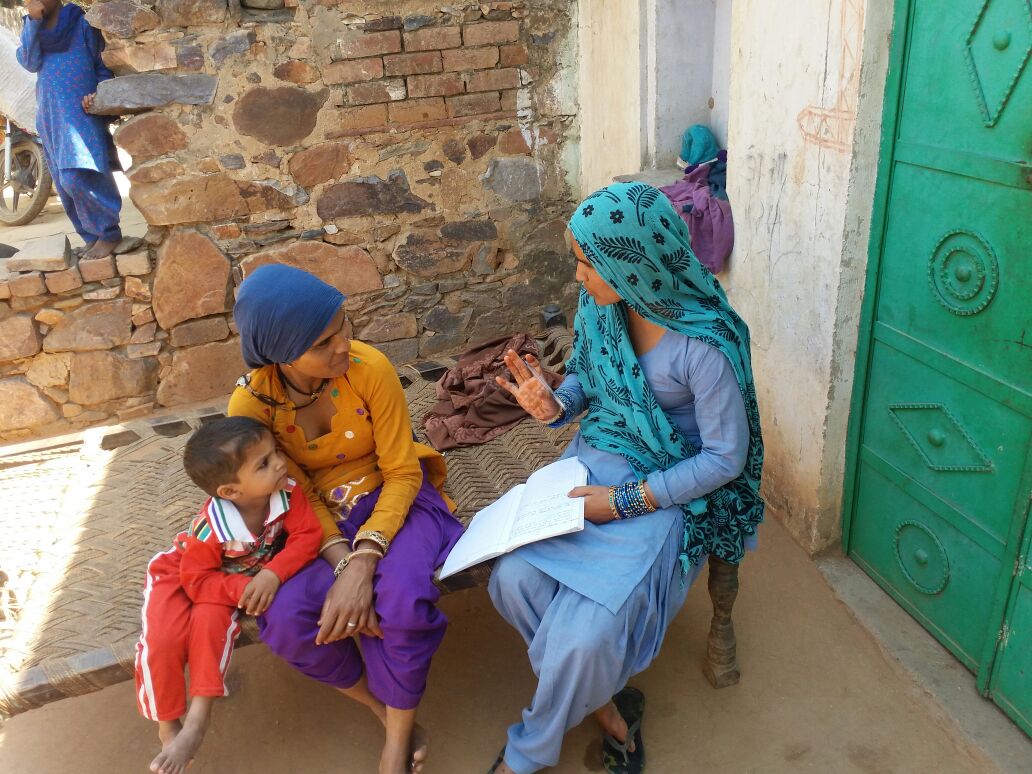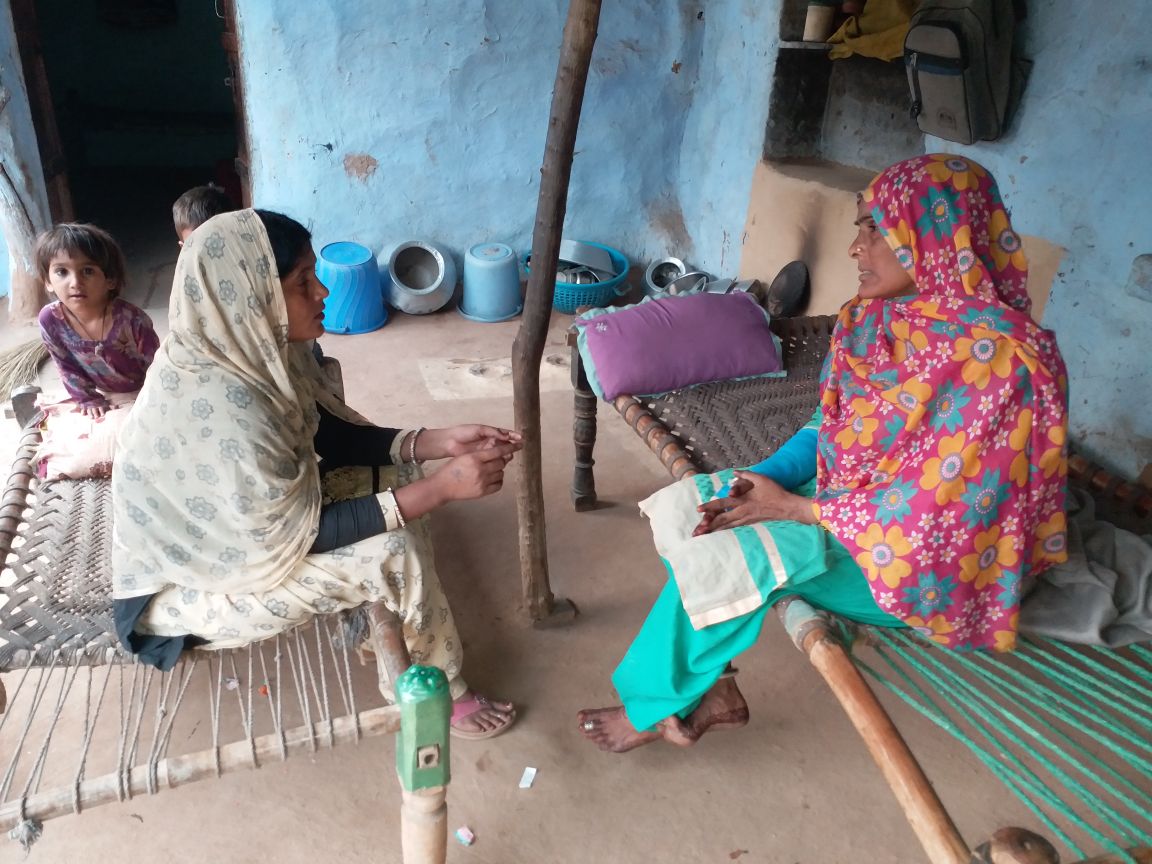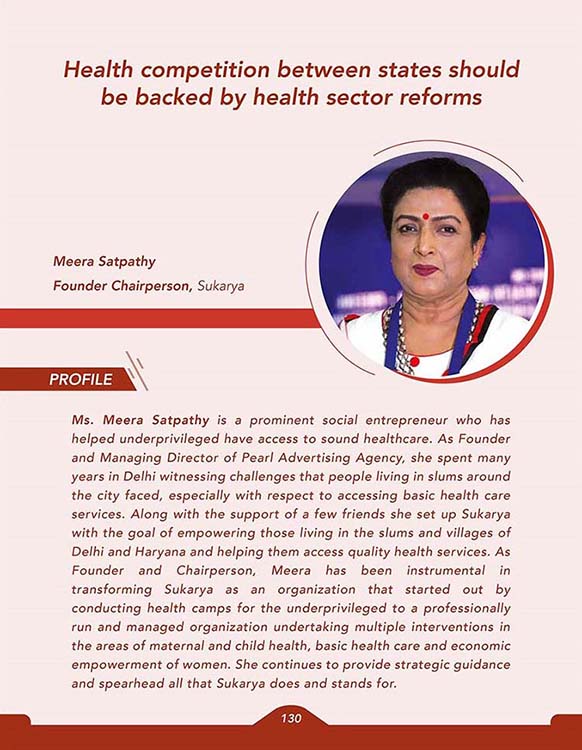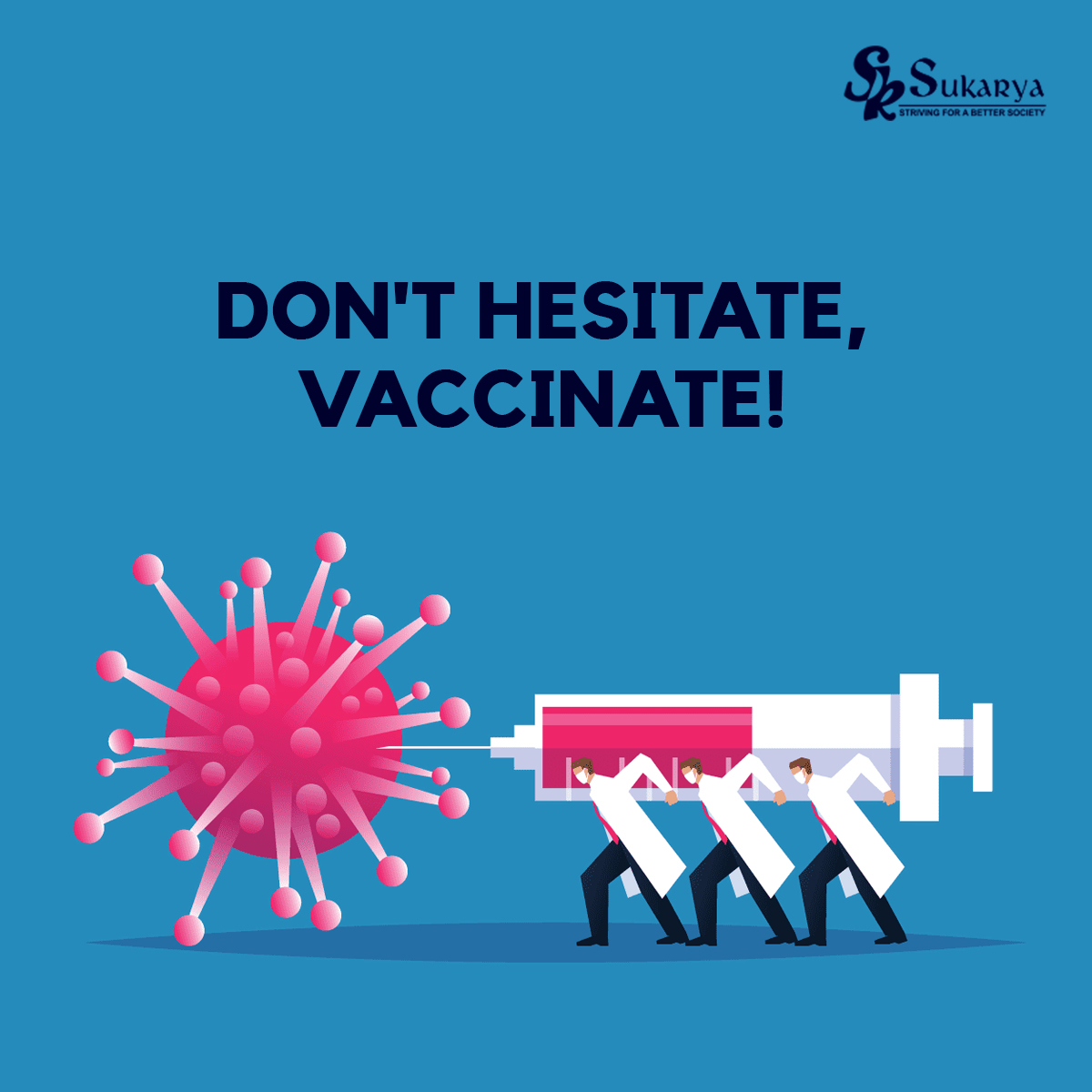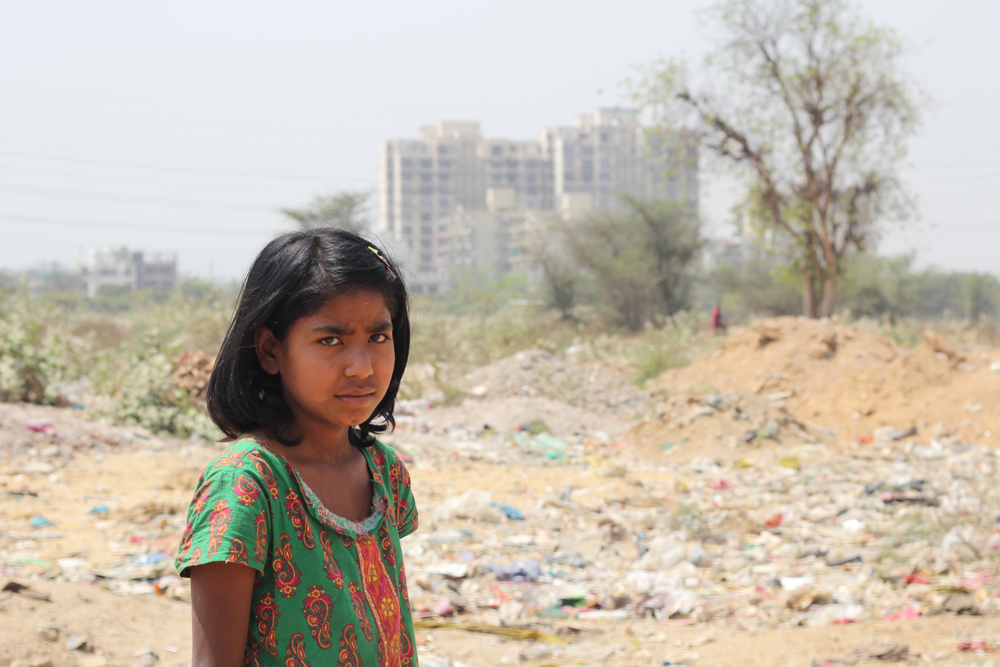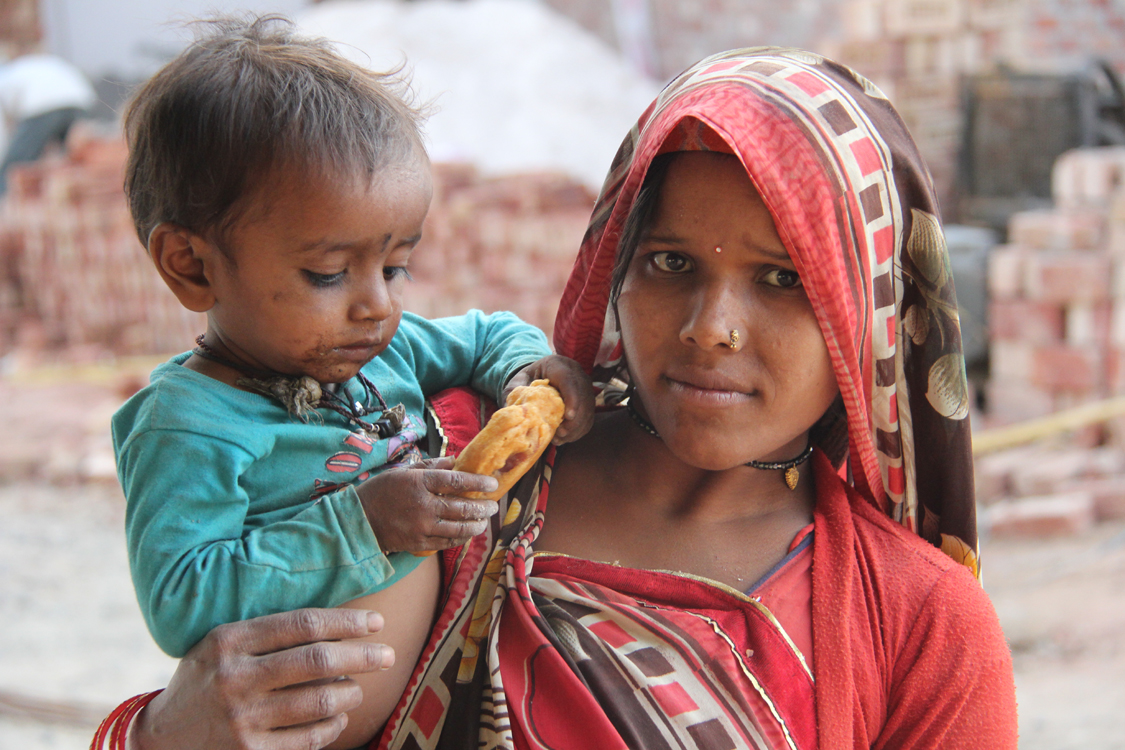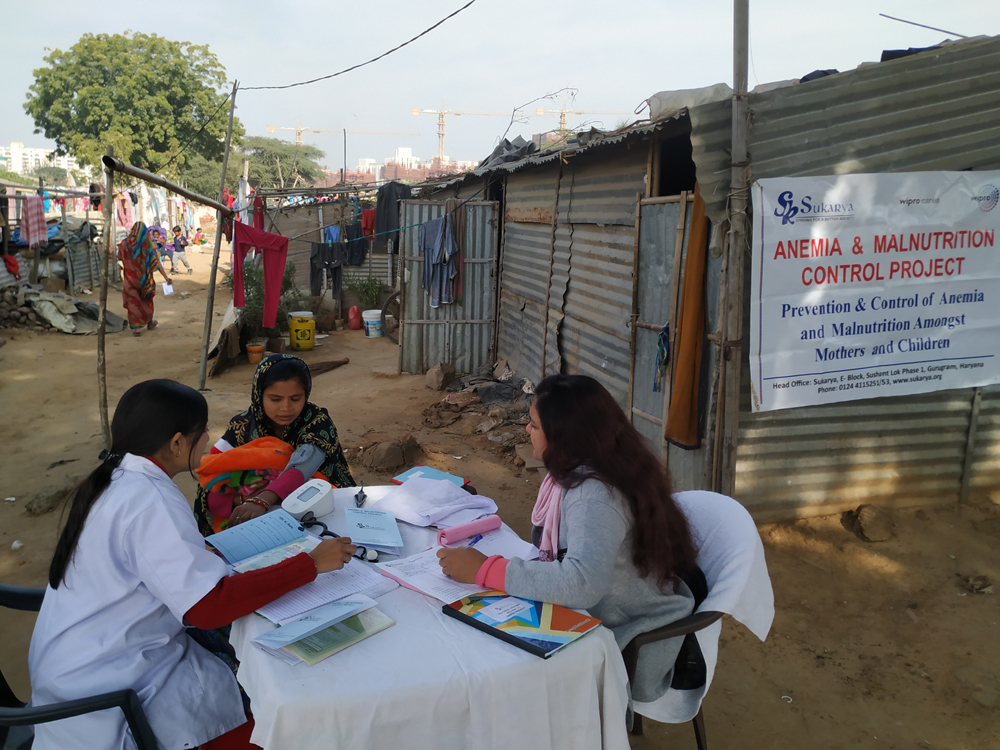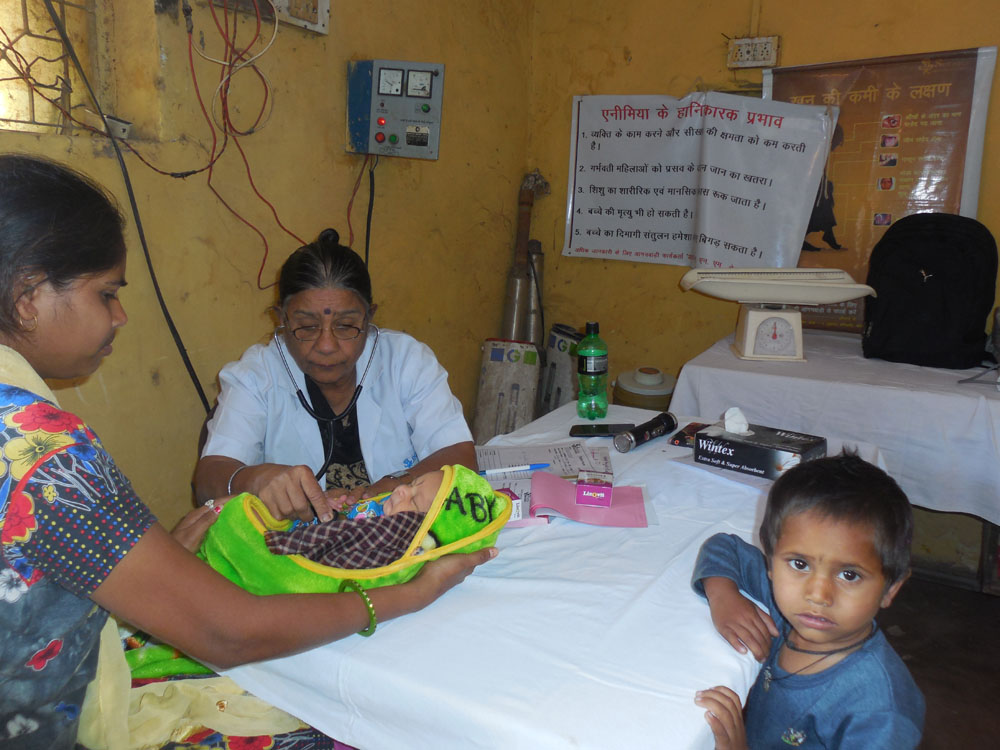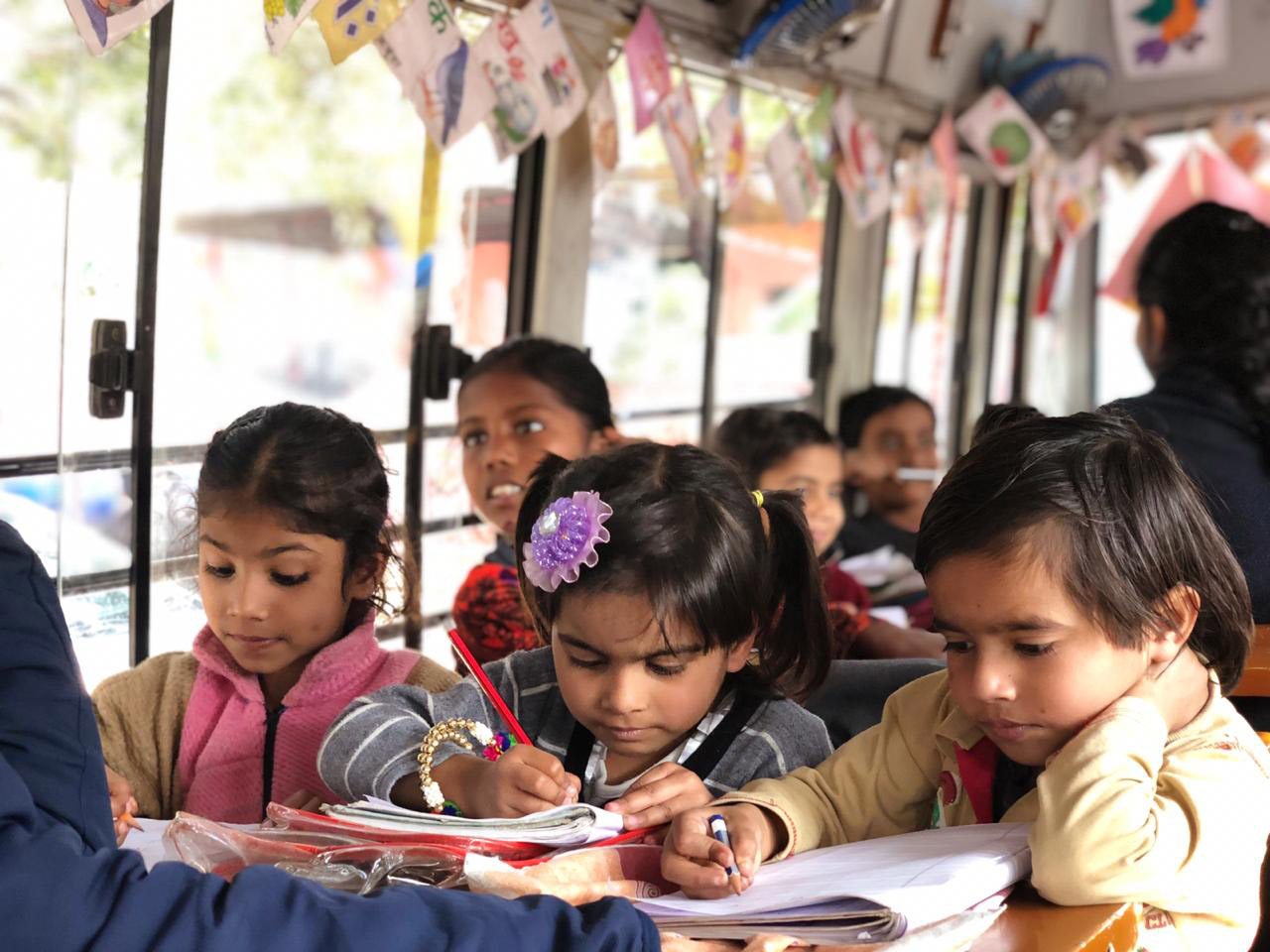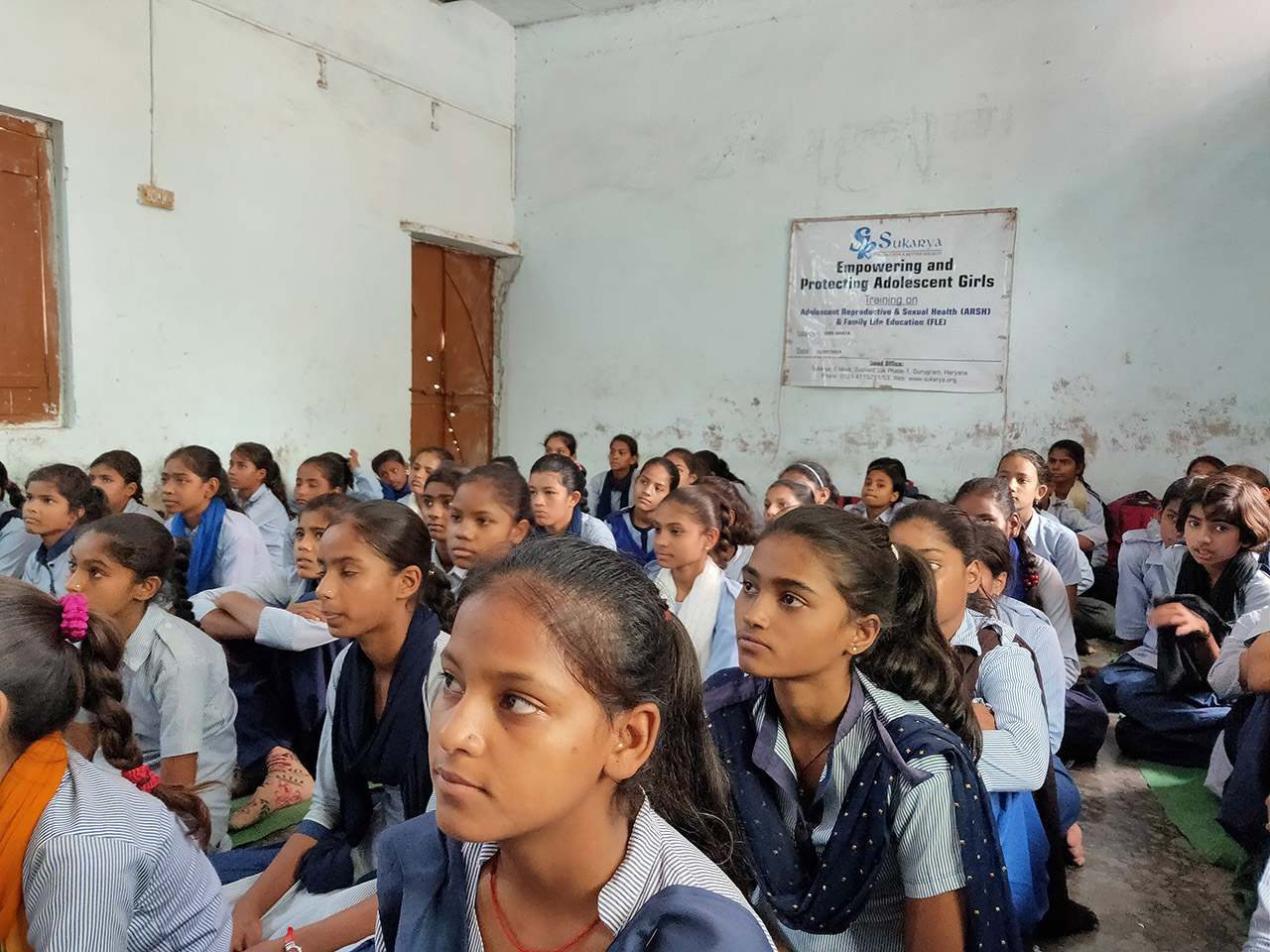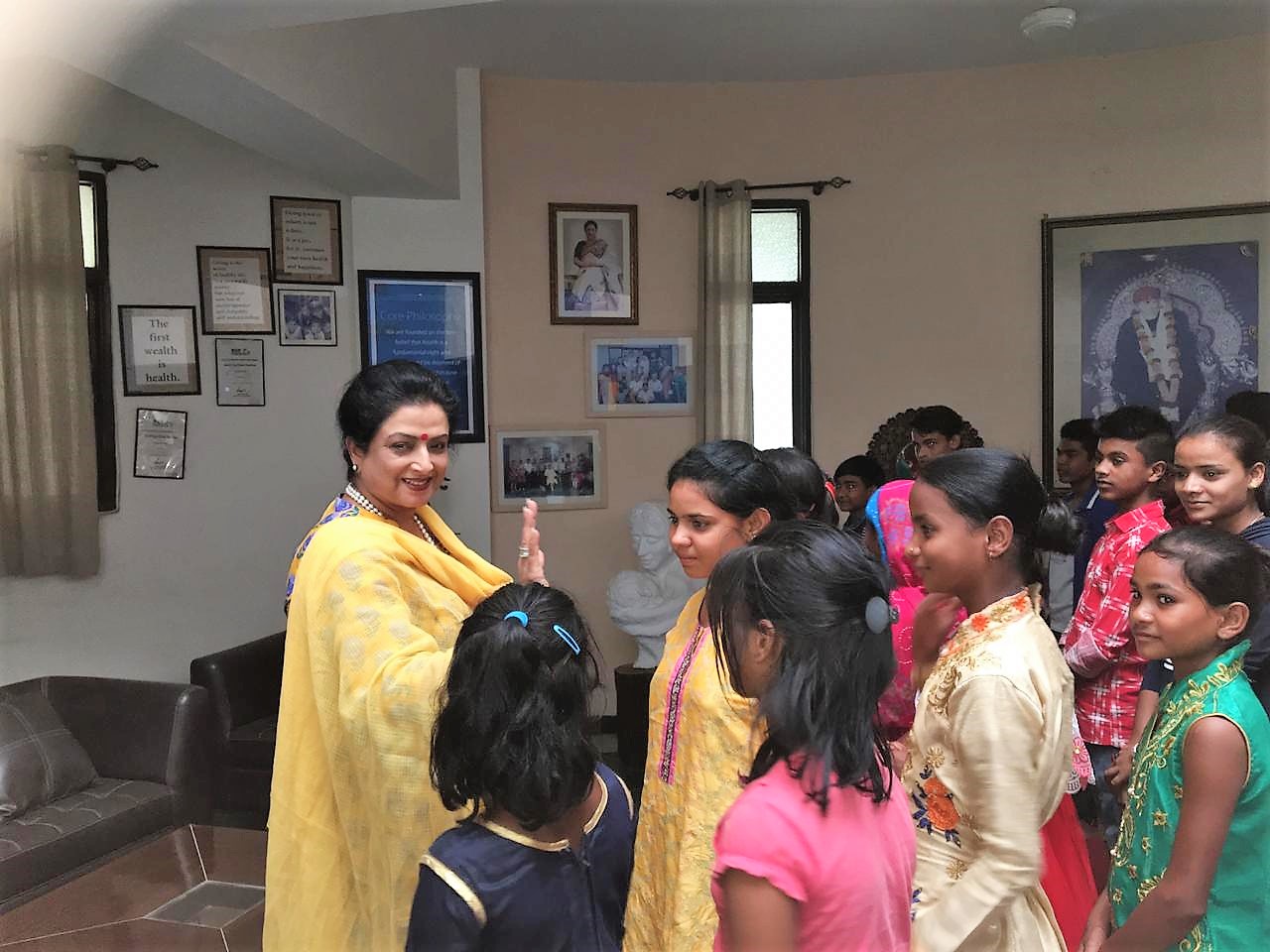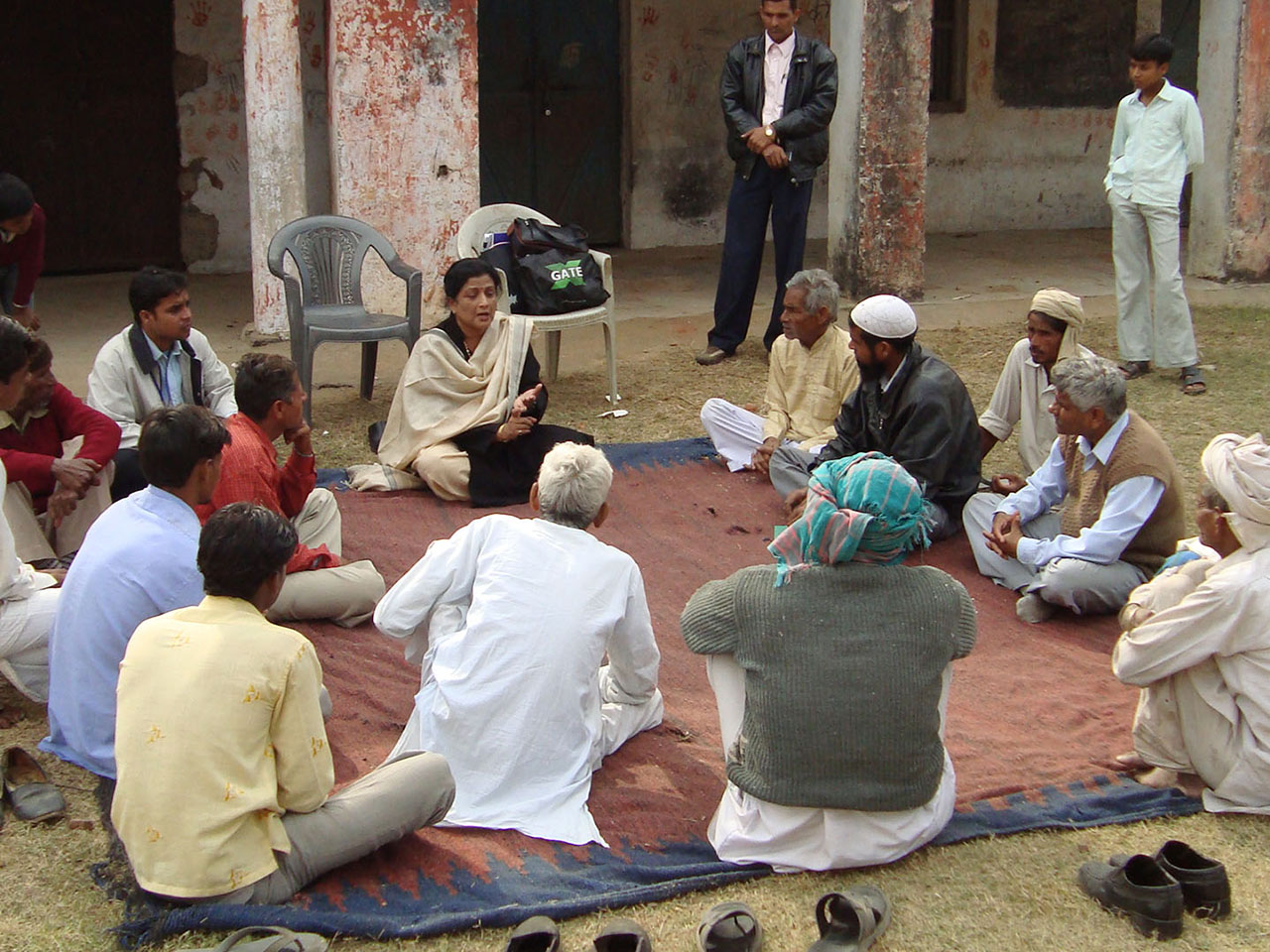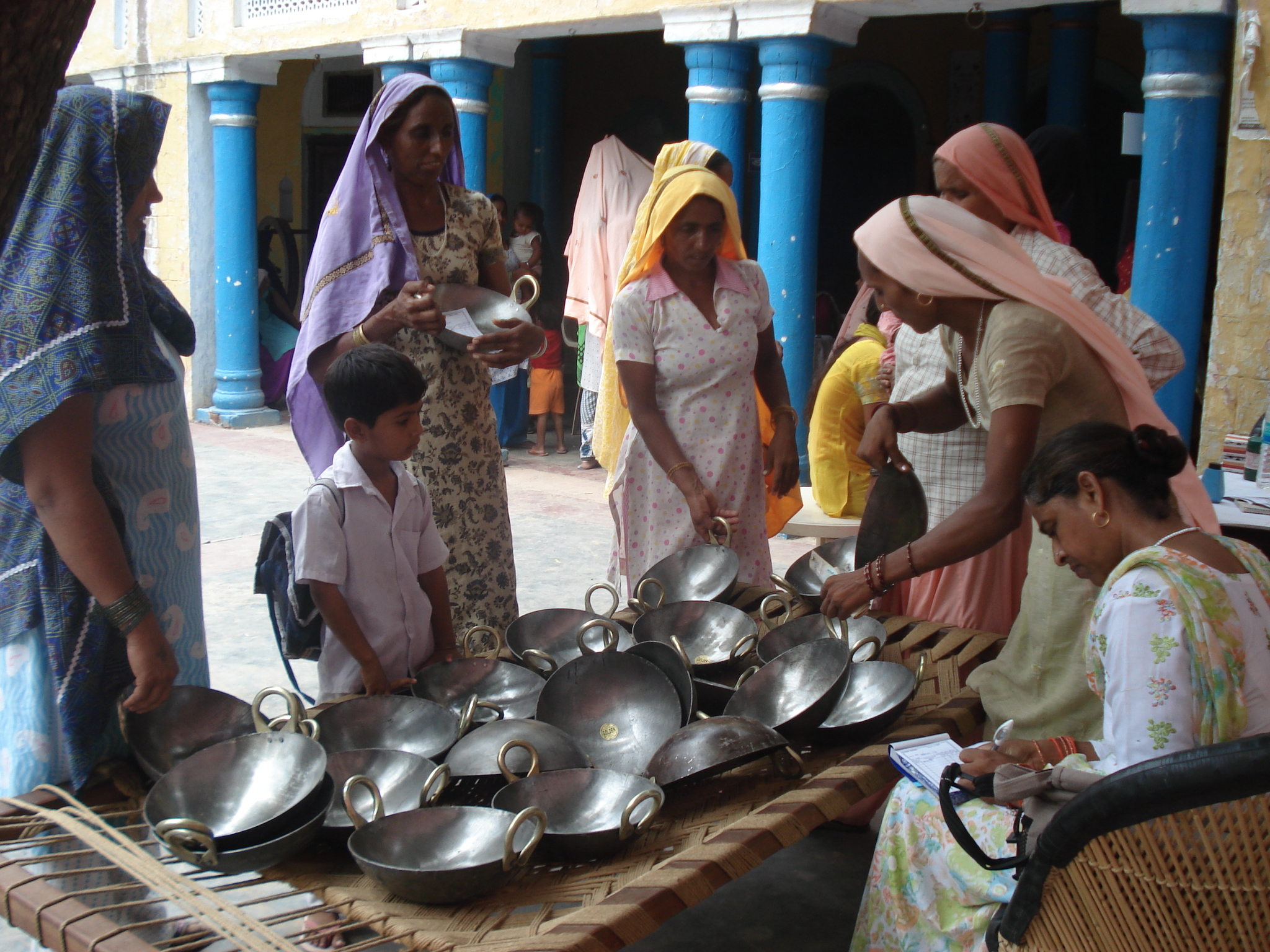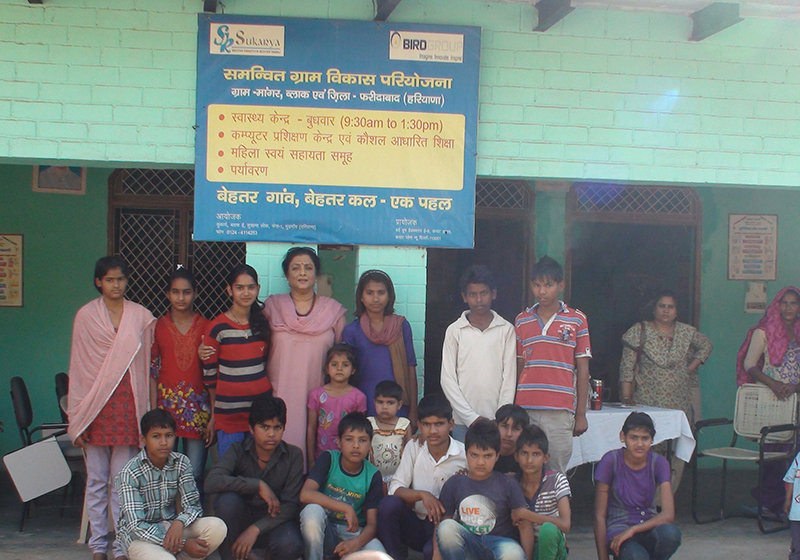
In the sprawling slums on the edges of India’s bustling cities, millions of children are caught in an inescapable cycle of poverty. For many first-generation learners, the dream of education is far from reality. Amidst these challenging conditions, Sukarya’s “Education on Wheels” (EOW) program stands as a source of hope, showcasing the transformative power of education for marginalized communities.
At the forefront of the Gender and Development (GAD) process, Sukarya is unwavering in its commitment to building a society that prizes participation, empowerment, equity, sustainability, and human rights. Our mission revolves around empowering individuals, particularly young girls, fostering self-determination, and nurturing the potential in every individual.
In the myriad stories of struggle and resilience that emerge from the underprivileged sectors of society, Priya’s narrative shines brightly as a beacon of hope and empowerment. Growing up in a low-income family environment steeped in discrimination and gender biases, Priya faced more than her fair share of life’s adversities. Yet, it was her unbreakable spirit and indefatigable courage that charted her course from being just another statistic to becoming a formidable advocate for gender equality.
Education is a dream for millions of children who struggle to survive daily. In India, where millions of children face formidable challenges in accessing quality education due to various socio-economic constraints, Education on Wheels (EOW) emerges as a transformative force. This innovative initiative, initiated by Sukarya in 2014, brings the school directly to the students, revolutionizing the way education is delivered.
In the heart of a Delhi slum, Shaista’s story unfolds—a tale of transformation and hope that challenges the confines of conservative upbringing and shines a beacon on the path to gender equality. At 19, Shaista’s life took a dramatic turn from being a shy girl, confined within the walls of tradition, to becoming a community leader, affectionately known by many as “period wali didi.”
In the bustling lanes of Sangam Vihar, Delhi, a story of determination, resilience, and transformation unfolds. Kirti, a 15-year-old student of Sarvodaya Kanya Vidyalaya, embodies the spirit of breaking stereotypes and overcoming obstacles. Coming from a family of six living below the poverty line, Kirti’s aspirations extend beyond the confines of her socio-economic status and the traditional roles imposed on girls.
In India, the empowerment and education of adolescent girls are crucial for sustainable development and social justice, particularly in a society where patriarchal norms significantly influence the status and opportunities available to women and girls. This article underscores the importance of focusing on adolescent girls in India, supported by data and statistics, and applauds the efforts of organizations like Sukarya, leading the way in gender equality and empowerment.
In the relentless pursuit of better healthcare and improved well-being for underserved communities, Sukarya relies on a dedicated and compassionate team of Community Health Workers (CHWs). These unsung heroes play a pivotal role in addressing critical issues such as anemia, malnutrition, and maternal-child health.
As the Chairperson of Sukarya, it is my privilege to share the journey and aspirations of our pioneering campaign, “Ghar Se Shuru,” launched in 2022. This initiative marks a significant stride in our enduring commitment to catalyze social change, starting from the most fundamental unit of society – the family.
This visionary step forward is designed to catalyze social change from the most fundamental level of society—our homes.
Maternal and child health and nutrition is an essential issue that needs to be addressed in India. Poor maternal and child health, inadequate nutrition, and a lack of access to healthcare services have been the major health challenges in the country. According to the NFHS-5 report, nearly 60% of the women and girls in the age group of 15-49 years are anemic and 32% of the under 5-year children are malnourished.
This article was published in Global Washington Blog : Nutrition & Food Security: Sukarya’s Ongoing Endeavor Since 1998 – Global Washington
I always go back by almost a quarter of a century to remember what prompted me to change my career from running a for profit business to something more responsible and gratifying to my inner self. Even today, I feel emotionally connected with the women and children of the urban slums and villages surrounding Delhi, Haryana, and Rajasthan. They have added unique perspectives to my thought process regarding designing programs to address different social issues at the grassroots level.
After personally witnessing the immense difficulties faced by slum dwellers in and around Delhi to access basic health care, some friends and I decided to set up Sukarya, to try and help them. We began by organising health camps, and they were so successful that Sukarya today has become a household name in the slums of Delhi and Haryana as a professionally run outfit which organises multiple interventions in the areas of maternal and child health, basic health care and economic empowerment of women.
Basanta Kumar Kar Chief Advisor and Mentor of Nutrition Board of Sukarya
Meera Satpathy Chairperson Sukarya
Dr. Amita Vyas Advisor of Nutrition Board of Sukarya
Dr. Shoba Suri Advisor of Nutrition Board of Sukarya
The yellow mobile school bus that drove in every week into the cramped lanes of Rangpuri Pahadi slums locality was such a welcome sight for students who eagerly awaited to get on board and attend classes, share assignments, spend time on the computer and indulge in a host of creative activities. It made them forget their other life where drudgery, exploitation, petty crime and a purpose-less existence were bedfellows.
When one of the husbands of our beneficiaries in the urban slum of Gurugram where we run several projects, hesitantly walked up to me and asked if I would be okay to see a video on his phone, little did I know what the gentle and affable man was going to open up and share thereafter. The video was propagandist in nature drilling anti Covid-19 messages directed mostly at men, impressing upon them the wisdom of staying away from Western concoctions in the name of vaccines and…….
You pride yourself on being an NGO that is dedicated to adolescent health, maternal and child care and to working with the government and partners to make last mile connectivity with health service delivery for populations that are marginalised and living on the periphery. And yet, when you hear of stories like Soniya, all of 20 years of age, brimming with plans and dreams, dying at the hands of a callous and unfeeling health system…..
Shyama is a 13-year old rag picker who lives in Sector 56 Slums an urban slum of the Millennium city of Gurugram. Even as she segregates the garbage in a landfill, she carefully puts any edible leftovers in a separate polybag to take home for her pregnant mother and infant brother. Not surprisingly, she is underweight, her mother is severely anemic, and her infant brother is showing signs of early stunting.
Women and children as we already know, are bearing a disproportionate burden of the pandemic induced health and food crisis. At last count, according to the State of Food Security and Nutrition in the World 202O report, India had about 189.2 million undernourished people, majority of whom are women and children.
More than two decades ago I had a chance conversation with a neighbour’s house-help who I happened to meet on my evening walk. She was barely 17 years old and heavily pregnant. She looked pale and underweight. Later I regretted not asking her if she needed any help or support especially with her diet, nutrition and any other medical assistance. Few weeks later I heard that she died due to childbirth related complications. A young life snuffed out.
In a virtual press conference held in June this year about maternal, child and adolescent health during the Covid-19 pandemic, the WHO Director-General Tedros Adhanom Ghebreyesus warned that the indirect effect the Covid-19 pandemic is having on the health of women and children may outweigh the number of deaths from the disease itself. “As the pandemic escalates in low-and middle-income countries, WHO is especially ….
When I founded my school, the Giddens School in Seattle, I was sure of one thing, among many — that every teacher in the School would visit the home of each child who was enrolled in his/her classroom, BEFORE school started in the Fall. This stemmed from a deep conviction that each child is important, and needed to feel noticed, appreciated, and valued by the School. And to make this statement clear and strong, to both the child and the family, the School’s first connection would be — and still is — in the home.
On International Women’s Day in 2017, Sukarya launched its “Educate, Protect and Empower Adolescent Girls” programme for adolescent girls living in slums. Its primary goal was to ignite positive change in young girls so they could embark on a journey of learning and leading by understanding implications of early child marriage, sexual abuse, gender-based violence and discrimination.
In the ongoing global health crisis, it has become critical to empower and engage our youth for the well-being of the society they live in. An inclusive future will determine their fate and ours. By 2030, it is estimated that it 1 in 4 people on the planet will live in a slum. As per the recent U.N. data, 68% of world’s population will live in urban areas by 2050.
I always go back by almost a decade to remember what really prompted me to change a career from running a business for profit to something more responsible and gratifying to my inner-self. Even today, I feel emotionally connected with the women and children of Mewat because they added unique perspectives to my thought process of designing program(s) for addressing different social issues at the grass-root level.
If a mother is malnourished during pregnancy, or if her child is malnourished during the first two years of life, their physical and mental growth and development may be slowed. This damage incurred cannot be repaired at a later date and continues to affect the child throughout their life.
Since my childhood days, I was acutely and consciously aware about women’s physical and emotional issues. I routinely observed my mother, members of our extended families, and women around my neighborhood being least attentive to their own physical well being than taking care of their daily chores of life. And often, by the time they got some medical attention, the condition had already become chronic or irreparable. Women’s physical, mental wellness was always a neglected issue and faced negligence from all quarters and that remain accepted norm till today. I myself belong to that system where everything else is important.

